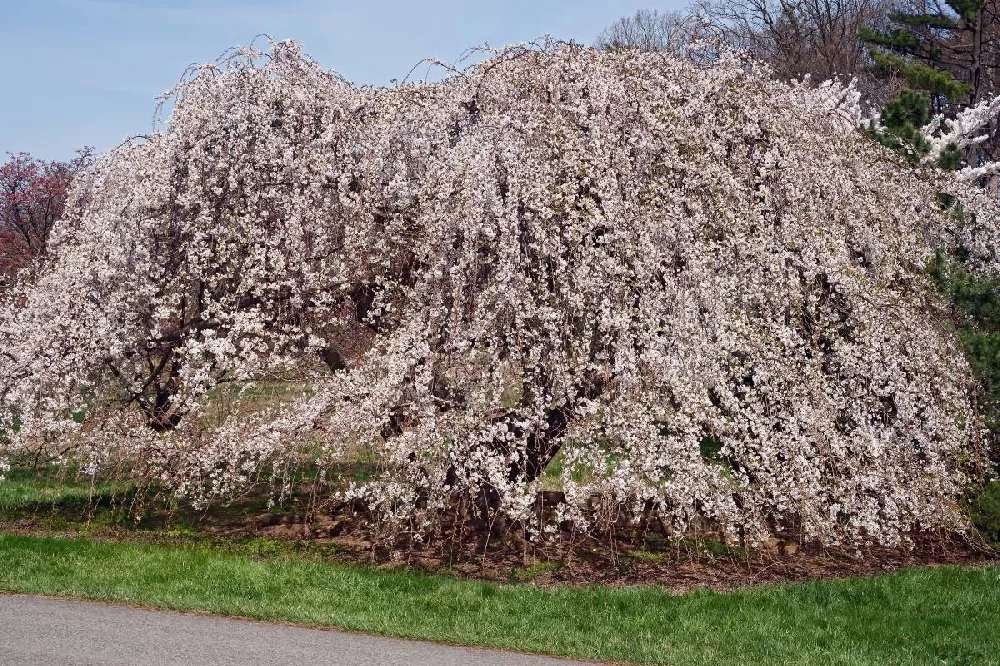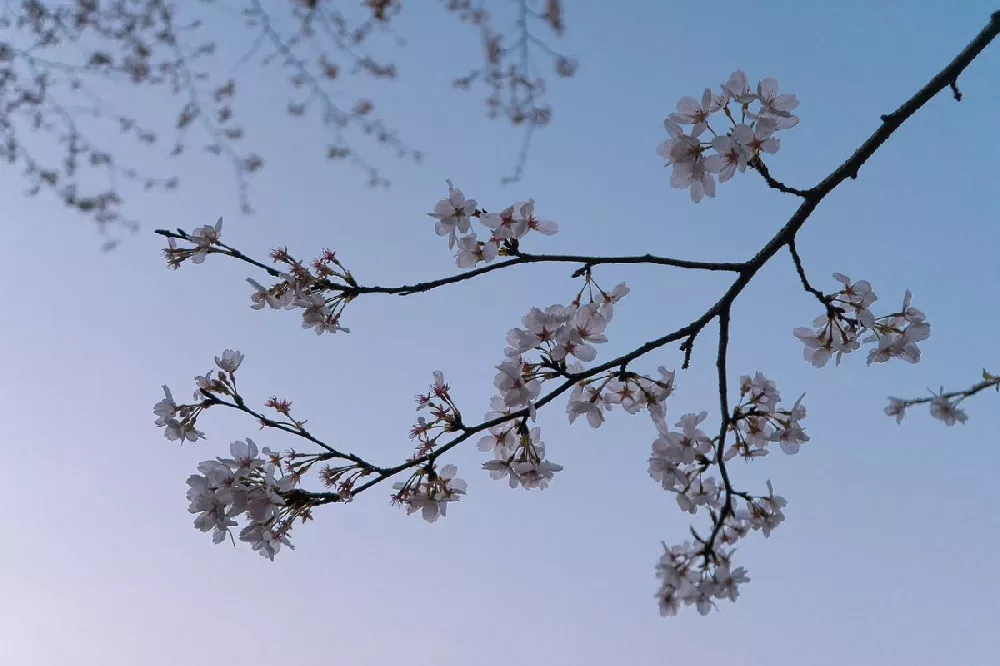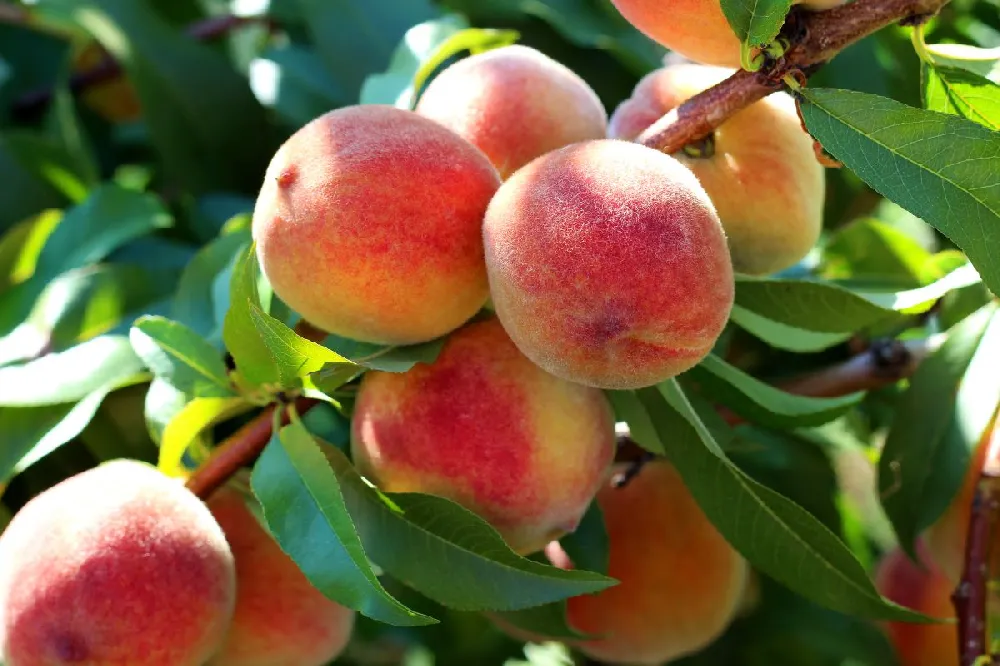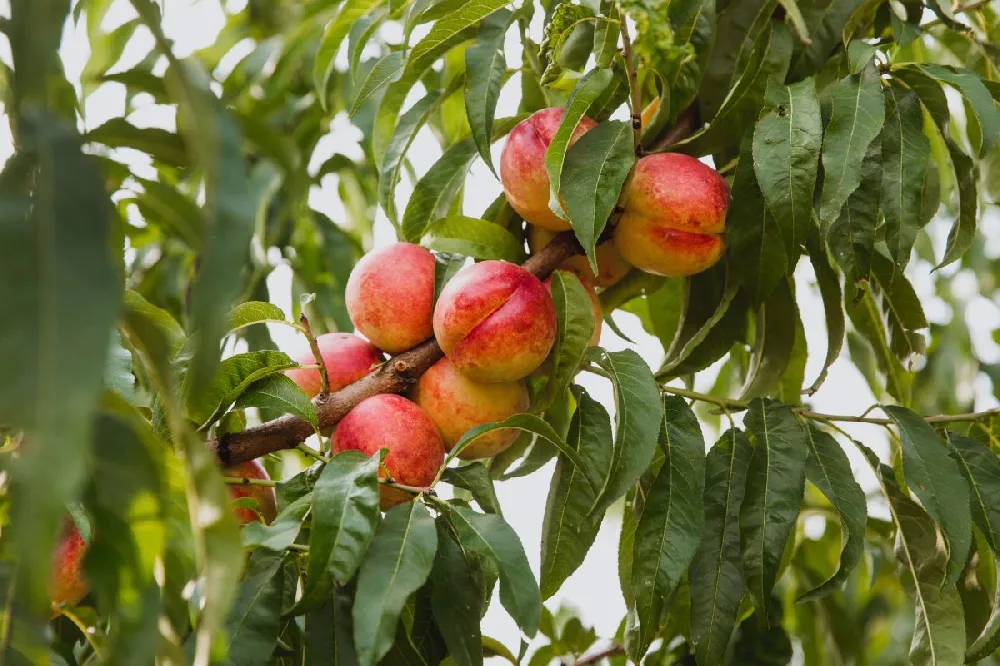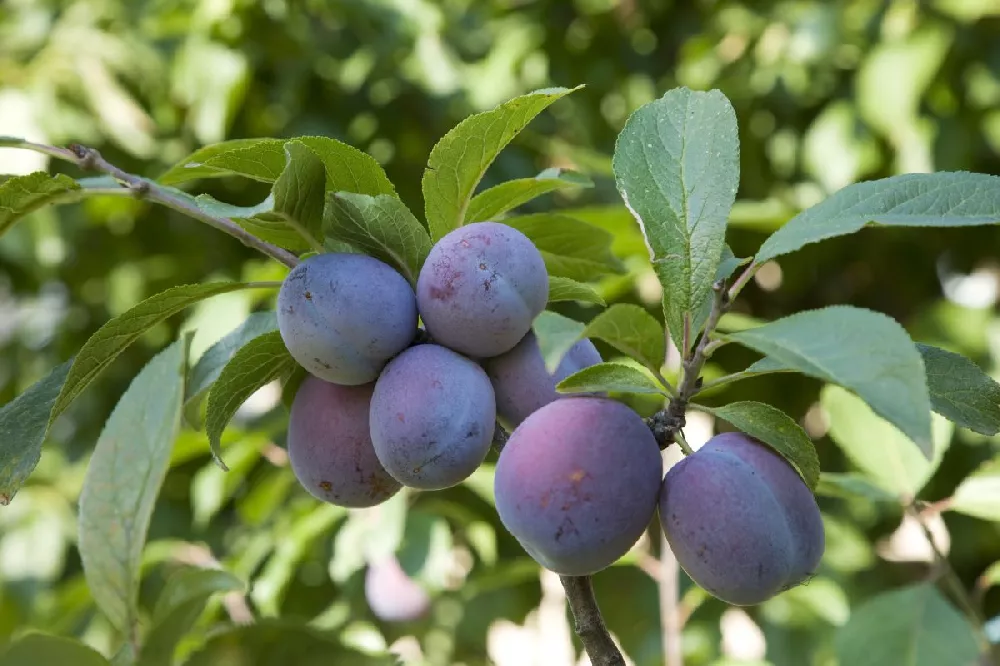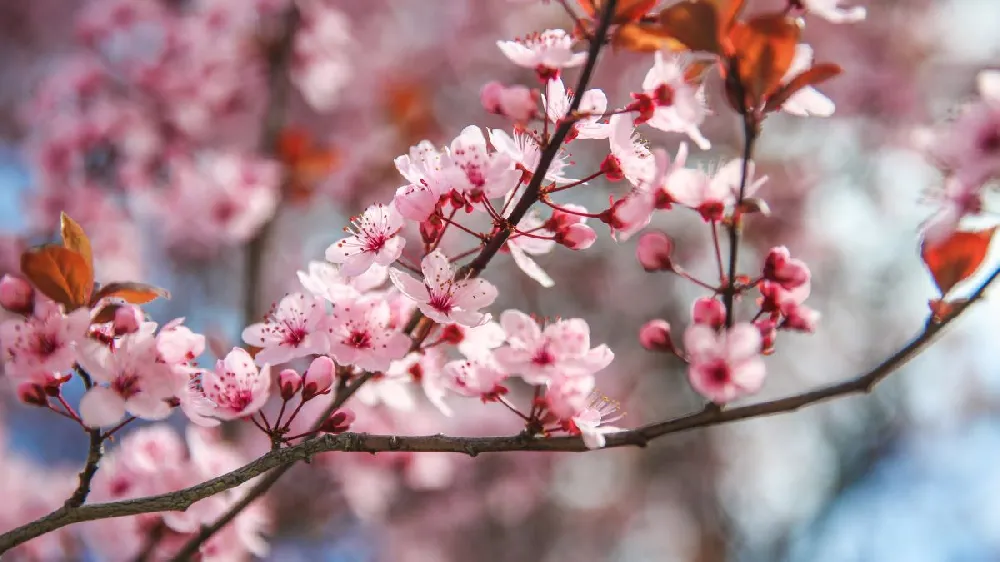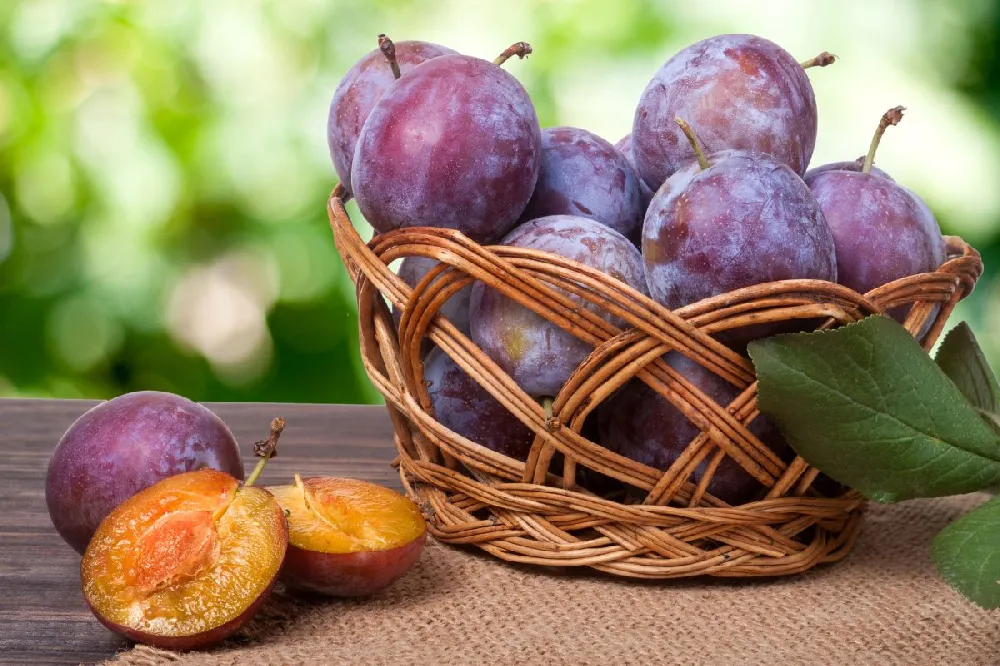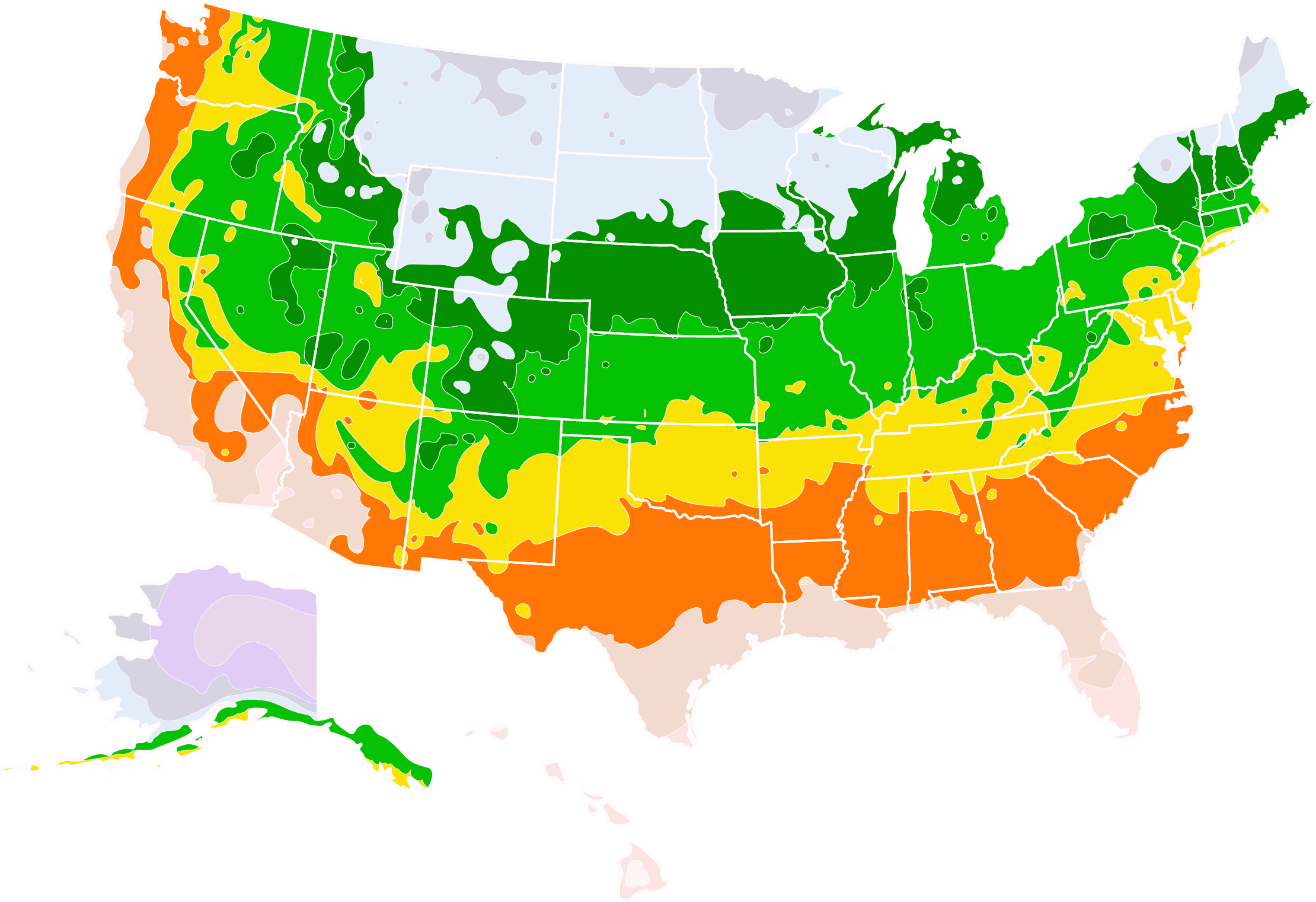- Home >
- Cherry Trees >
- Weeping Yoshino Cherry Tree
Weeping Yoshino Cherry Tree for Sale - Buying & Growing Guide
Yoshino cherry trees are famous in some parts of the U.S. For example, they are the trees that make up the spectacular cherry tree display in Washington, D.C.. This weeping variant, Prunus x yedoensis pendula, adds another element to the long-flowering standard — the branches fall gently from the central trunk, and when in bloom, the tree appears to be covered with a veritable waterfall of pale pink to white blossoms. When the flowers fade in late spring, the lush, handsome dark green foliage takes center stage, especially in fall when the leaves turn a golden yellow. The tree's attractive, sweeping silhouette even provides interest in the winter garden, with the dark bark contrasting against a snowy landscape. Here are a few more reasons to consider the Weeping Yoshino cherry tree for your own garden:
- It is the perfect choice as a specimen planting in a prominent spot in the landscape.
- It is tolerant of urban pollution.
- Its small stature works well in smaller yards and gardens, and can even be container-grown.
Enter your zip code to find nearby stores that may carry this plant.
Plant Care
Sunlight

Your Yoshino cherry will thrive in full sun — at least 6 hours of direct light a day.
Watering
Water a mature tree whenever the soil two inches below the surface is dry; young trees may need more.
Fertilizing

Apply a balanced, slow-release fertilizer such as a 10-10-10 formula in spring.
Planting and Care
Planting instructions
Site your tree in moist, well-draining soil that receives at least 6 hours of direct sunlight a day. Avoid clay soil if possible. Unpot your tree and tease out any encircling roots, which can girdle the tree and slowly kill it. Dig a hole that’s as deep as the root ball and two to three times as wide. Place the tree in the hole, spreading out the roots. Holding it upright and steady, fill in around the roots with topsoil, tamping down as you go to eliminate air pockets. Water thoroughly. Apply a 2- to 3-inch layer of organic compost such as bark chips around the root zone to conserve moisture and hinder weed growth, but keep it from touching the trunk, which can encourage rot.
Watering and nutrients
When newly planted, water your tree every few days until you begin to see robust new growth on the branches. Then taper back to once-a-week waterings. To know when to water a mature tree, check the soil 2 inches below the surface. If it’s dry there, give it a drink, aiming your hose for the base of the trunk to avoid encouraging fungal growth. Fertilize in early spring with a balanced, slow-release product designed for landscape trees and shrubs. A 10-10-10 formula is a good choice.
Pollination
Yoshino cherry trees are pollinated by bees and other insects, which are drawn to the fragrant flowers in spring. A pollinated flower will produce a small berry that contains the seeds. These berries are beloved by songbirds and other small animals and will draw wildlife to your garden.
Pruning
Monitor your tree for dead, damaged, or diseased limbs and prune these out whenever you see them. Your Weeping Yoshino cherry tree doesn’t need any other regular pruning, although you can lightly prune to shape the tree in spring.
Pests, diseases and animals
Pests that may be seen on your Yoshino cherry tree include aphids, scale insects, borers, and Japanese beetles. A healthy tree can usually manage despite mild infestations, but if the insect pressure is severe, consider releasing beneficial bugs such as ladybugs or lacewings to control the population. Diseases that may impact your cherry tree include leaf curl and leaf spot. Prune out any infected branches, and use a copper fungicide if necessary.
Achieving maximum results
You can grow a Weeping Yoshino cherry tree in a container. Imagine one or two placed in the corners of your patio or flanking your front entry. This also makes it easy for those in areas where the tree does not grow well naturally to be able to add it to their garden, taking it indoors in the cold winter months. It’s not difficult to grow these small trees in containers. Choose a pot that is about twice the size of the root ball with good drainage in the bottom. Plant as per our directions above, using a good quality potting mix. Container-grown plants tend to need more watering than those grown in the ground, and be diligent about feeding your tree in the spring. If your temperatures go below -10 degrees Fahrenheit, bring your tree into a basement or garage where it’s warmer.
FAQs
How big does the Weeping Yoshino cherry tree get?
When planted outdoors, a well-cared-for tree should reach a height of between 15-20 feet, with a mature width of 15-20 feet as well. If you are growing your Yoshino cherry in a container, it will be smaller, as the roots are constrained by the pot size.
Where can I grow a Weeping Yoshino cherry tree?
This tree can be grown outdoors in USDA hardiness zones 5-8. That includes most of the middle section of the U.S., with the exception of the northern Midwest and New England, as well as the more tropical parts of Florida, Texas and California.
How can I best use Weeping Yoshino cherry in my landscape?
This tree is a natural specimen planting, placed in a prominent space in a front yard or other location where it will be visible, especially in spring when it is flowering. Consider planting a small grouping of three or five to maximize the effect. This Japanese native is also a natural in Asian-inspired gardens and cottage gardens.
Compare Similar Products
You can't add more Product Name - Product size to the cart.
OK